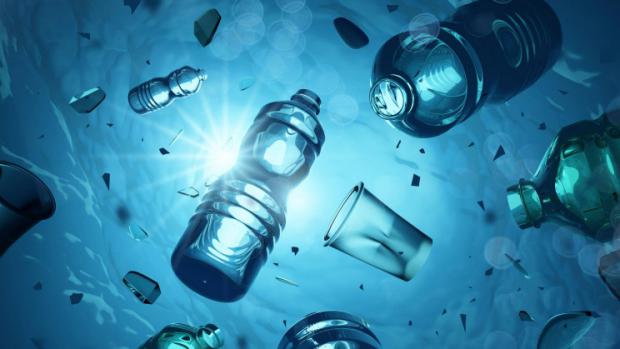
Breaking News
 LIVE ELECTION RESULTS: New York mayor, NJ & VA governor, Prop 50, Trump endorsements, latest vote
LIVE ELECTION RESULTS: New York mayor, NJ & VA governor, Prop 50, Trump endorsements, latest vote
 Sen. Markwayne Mullin Reveals Schumer Held Secret BACKROOM MEETING...
Sen. Markwayne Mullin Reveals Schumer Held Secret BACKROOM MEETING...
 RIP NYC - Muslim Communist Zohran Mamdani Wins New York City Mayoral Race
RIP NYC - Muslim Communist Zohran Mamdani Wins New York City Mayoral Race
 Dramatic Footage Shows UPS Cargo Jet Crashing At Louisville Airport
Dramatic Footage Shows UPS Cargo Jet Crashing At Louisville Airport
Top Tech News
 Japan just injected artificial blood into a human. No blood type needed. No refrigeration.
Japan just injected artificial blood into a human. No blood type needed. No refrigeration.
 The 6 Best LLM Tools To Run Models Locally
The 6 Best LLM Tools To Run Models Locally
 Testing My First Sodium-Ion Solar Battery
Testing My First Sodium-Ion Solar Battery
 A man once paralyzed from the waist down now stands on his own, not with machines or wires,...
A man once paralyzed from the waist down now stands on his own, not with machines or wires,...
 Review: Thumb-sized thermal camera turns your phone into a smart tool
Review: Thumb-sized thermal camera turns your phone into a smart tool
 Army To Bring Nuclear Microreactors To Its Bases By 2028
Army To Bring Nuclear Microreactors To Its Bases By 2028
 Nissan Says It's On Track For Solid-State Batteries That Double EV Range By 2028
Nissan Says It's On Track For Solid-State Batteries That Double EV Range By 2028
 Carbon based computers that run on iron
Carbon based computers that run on iron
 Russia flies strategic cruise missile propelled by a nuclear engine
Russia flies strategic cruise missile propelled by a nuclear engine
 100% Free AC & Heat from SOLAR! Airspool Mini Split AC from Santan Solar | Unboxing & Install
100% Free AC & Heat from SOLAR! Airspool Mini Split AC from Santan Solar | Unboxing & Install
First-of-a-kind study shows plastic's toxic effects on human cells

The latest discovery in this space looks at the volume of plastics we regularly consume through food and water and how this might impact human cells, finding that the concentrations we are exposed to can potentially have toxic effects.
The body of knowledge around the ways plastics might influence our health is building rapidly on the back of research probing their effects on the human body. Much of this centers on plastic that has broken down in the ocean into tiny fragments known as microplastics, which studies have shown are consumed by marine creatures and can then travel up the food chain.
We've also seen research demonstrating how microplastics can alter the shape of and de-cluster human lung cells and infiltrate the blood brain barrier in mice. Studies have also suggested chemicals in plastics can cause alarming damage to brain cells, found plastic particles in 93 percent of bottled water and in human stool samples collected all around the world.
The latest study led by scientists at the Hull York Medical School is described as the first of its kind, in that it explores how much plastic we are likely consuming, and what the effects of those concentrations are on human cells. To do this, the scientists drew on three previous studies quantifying microplastic contamination in drinking water, seafood and table salt, all of which found high levels of human exposure from consumption of these. They then compared these results to findings from toxicology studies on the effects of microplastics on human cells.
"This is the first-time scientists have attempted to quantify the effects of the levels of microplastics on human cells using a statistical analysis of the available published studies," says lead author Evangelos Danopoulos.. "What we have found is that in toxicology tests, we are seeing reactions including cell death and allergic reactions as potential effects of ingesting or inhaling high levels of microplastics."



